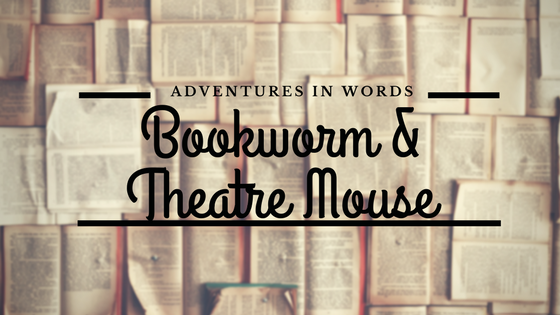It is non-fiction November, and I have been a little slow off the mark with it this year, because there are just so many books to read. However, I have now started with a truly fantastic read.
I am a huge fan of the work of the historian David Olusoga and often watch his documentaries. I found out that he had a book that makes his work ‘Black and British’ accessiable to a younger audience, I decided I really wanted to read it, especially, as a History teacher I am always looking for books that I can recommend to the pupils.
Yet, this is a book that I would recommend everyone should read. Olusoga takes us through the ages to educate us about the meaning of ‘Black and British’ throughout history. It also makes key links between the slave trade and British history, and how sometimes these links are forgotten as we discuss key moments such as the Industrial Revolution.
I learned so much as I read this book, especially about more recent history, which is definitely something that seems to remain in the past. However, it is brought bang up to date with the events of 2020, which has become a spark to reignite the passion to ensure Black and British history is given the true and accurate representation it deserves.
This is beautifully written in Olusoga’s distinctive voice; you almost feel that he is reading the book to you.
A sign of a great non-fiction book is that it makes you want to find out more about the things you have read, and that it is exactly what I am ready to do now.
